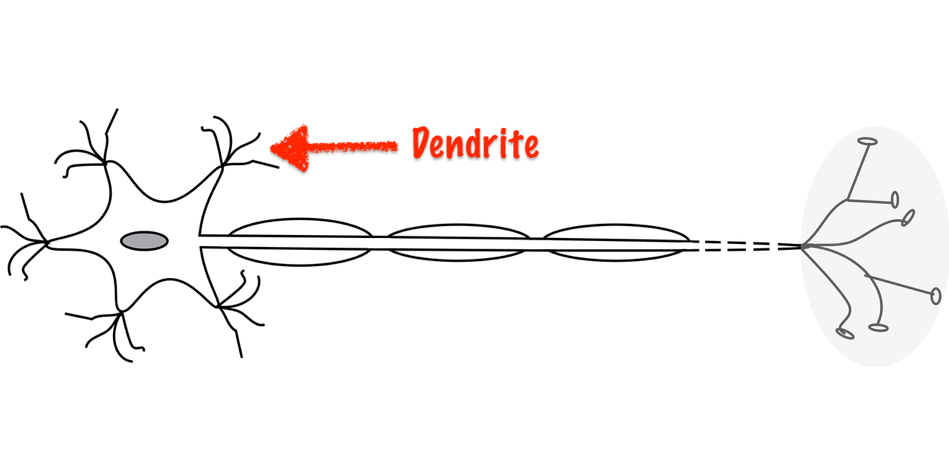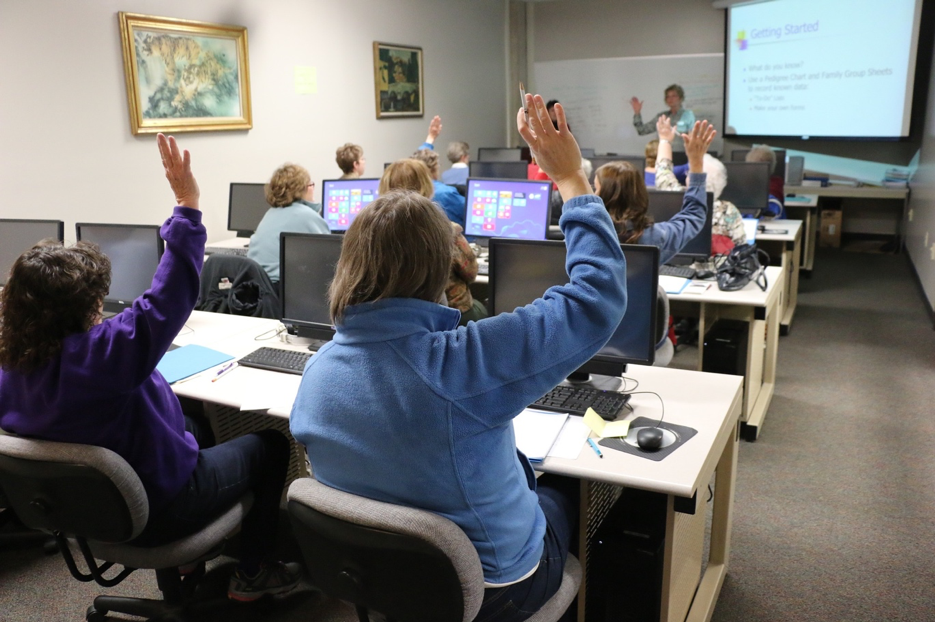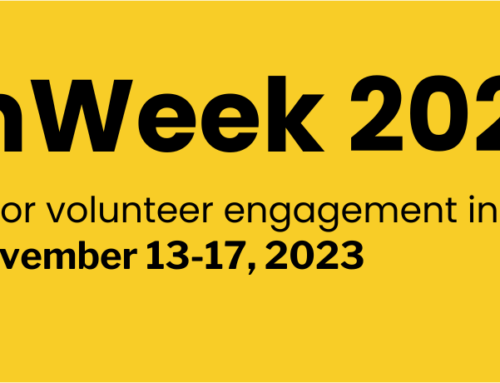
How to Breakthrough with a Sensational Volunteer Training Program
We’ve all been there … You spend countless hours developing your volunteer training program.
You gather all of your volunteers together on the same day to learn, no small feat as they all have conflicting schedules and live miles away.
You deliver the course, and you think it went well.
Volunteers are happy, you’re happy.
But, the celebration doesn’t last long. You start hearing the rumblings of discontent.
Your co-workers are grumpy. Volunteers aren’t following the most basic guidelines. They appear confused and clueless about what’s expected. They’re going rogue.
Didn’t you go over these policies in your workshop, they ask? Well, off course, you did. You mentioned them multiple times. What’s more, they’re in your volunteer handbook in black and white.
Everyone, including you, is frustrated.
The fact is, while your content may be great, your volunteer training program design may have been what let you – and your volunteers – down.
Structure Your Volunteer Training Program for Better Learning
Effective learning doesn’t occur because of agendas, slide decks, or handouts. It happens when a strategic and focused approach is taken that involves practice and repetition.
Unfortunately, most volunteer orientations don’t include anything but a presentation.
If you rely on this alone, you can expect to get lackluster results. Volunteers leave the workshop unprepared to be successful in their roles and unable to make full contributions to the team.
Everyone is set up to fail.
True knowledge acquisition is about helping our brains both record knowledge, encode it, and then be able to retrieve it when needed. In order to make this happen, tiny fibers called dendrites need to form in our brain tissues (crazy, right?).
The way these tissues form is through repetition and practice.
The Motor Neuron

Regardless of the topic or training, if you learn something new and do it only once or twice, the dendrite connection is very fragile and can disappear within hours.
Within 20 minutes, you remember only 60%.
Within 24 hours, you remember even less – only 30%.
BUT, if you practice within 24 hours, and then practice again later, you remember 80%.
So, if you want volunteers to remember what you taught them, you’ve got to incorporate interaction into your volunteer training program.
But not just any interaction.
Learners need to think about what they are learning and receive concrete feedback as to whether they are on the right track.
Below is the most basic way to structure your training model, no matter what topic you are presenting. It’s also been proven to be very effective.

How to Embed Reflection & Feedback into Your Volunteer Training
Embedding reflection and feedback into your volunteer training program can help strengthen the neural pathways in the brain, making it easier for volunteers to remember and implement what you’ve taught.
Interactive activities promote and include reflection and feedback before, during, and after workshops. These can be part of the training activities or independent work.
Here are some specific ideas for volunteer training:
Pre-work
- Volunteer Manual – Ask volunteers to read the manual before their orientation and come with three questions
- “Scavenger Hunt” – Ask volunteers to search your website (or volunteer manual) and find specific items on a checklist
- Job Shadowing – Have volunteers accompany an existing volunteer and learn on the job
- Welcome Video – Send volunteers to a video prior to your training to share basic information about your organization, important logistics about the training, what they can expect, and how excited you are they’ll be joining you
In Class
- Teambuilding – Facilitate activities that help volunteers build trust with one another and better collaborate
- Case Studies – Practice and apply the concepts you’ve taught with real world situations
- Stair Step Exercises – Organize skill building topics around a tell > show > practice > feedback sequence
- Discussion Groups – Break volunteers into small groups to practice a skill or problem solve a case study
Takeaways
- Resource List – Provide a focused list of the most common resources volunteer use and where to find them
- Mentoring – Match volunteers with a person after the training that they can approach with any questions
- Observation Checklist – Have volunteers complete a checklist about what they observe
- Online Review Quiz – Ask volunteer to complete an online review quiz from home after the training session
 The good news is that even with new volunteers, you can leverage their existing knowledge and experience.
The good news is that even with new volunteers, you can leverage their existing knowledge and experience.
Also, you as a trainer should be actively modeling these behaviors, thus making being vulnerable, making mistakes, and asking questions safe and productive for everyone.
Here are also a number of ways you can stimulate active reflection and feedback in your learner’s brains to help them remember.
Reflection
- Document What They Already Know – Ask volunteers to share what they know about your organization or issue you launch into the core topic(s)
- Pose “Big Picture” Questions – Instead of always focusing on required policies and procedures, switch it up and ask volunteers to think about larger issues
- Use Case Scenarios Created by Learners – If volunteers have some past experience, or are involved in a refresher training, ask them to share problematic issues that have cropped and have the whole group brainstorm solutions
- Journaling – Ask volunteers to write down their A-HA! Moments and chart their progress
- Online Forums or Social Media Groups – Create a space where volunteer can post ideas, ask questions, and support one another
- Questions vs. Statements in Slide Titles – Include questions in some of the titles of your training slide decks – it activates the brain
Feedback
- Peer-to-Peer Coaching – Provide a matched guide with a list of skills to track their progress and what’s left to learn
- Provide Checklists – Offer checklist volunteer can use to double check their work for their most common and important tasks
- Collaborative Activities – When volunteers have to work together to solve a problem, they naturally learn from others’ perspectives providing an opportunity to challenge their own
- Debates – Similar to collaborative activities, debates are a great way to widen perspective and alternate views, thus reinforcing learning
- Good Example/Bad and Before/After Examples – Showing clear contrasts helps learners compare your ideal with what they’ve built in their imaginations
These are just a few things you can do to activate and accelerate volunteer learning.
When developing your next training, consider these brain-friendly techniques for better results and happier staff and volunteers. You’ll find won’t have to repeat yourself as often and volunteers will be able to operate more independently right from the start.
What’s One Thing You Will Try in Your Volunteer Training Program?
Now that you know the difference between effective and ineffective training design and how to integrate active learning into your training, what are your next steps?
What’s one thing you plan to try out the next time you deliver training to new volunteers? How will it help you transform the results you get?






